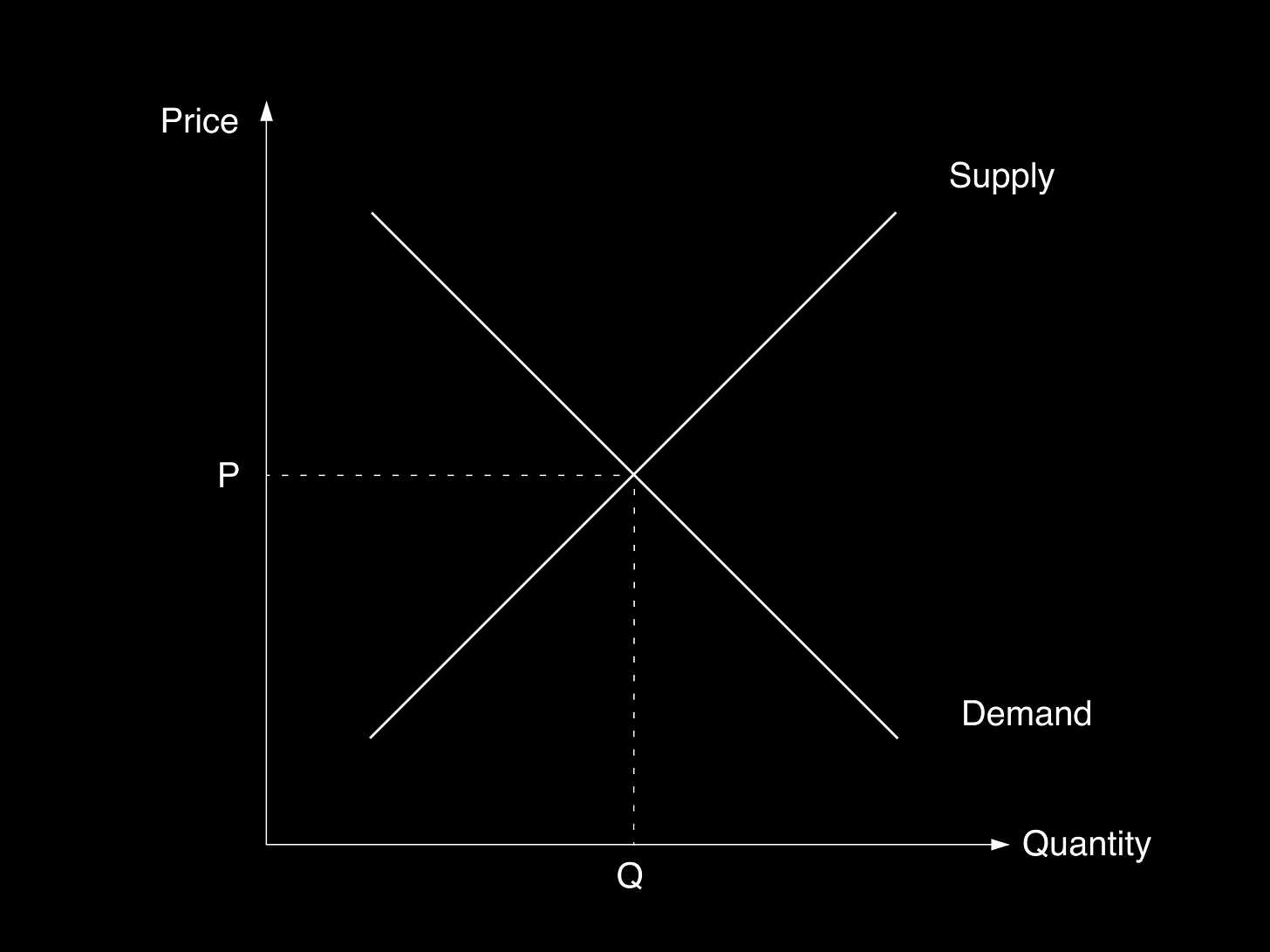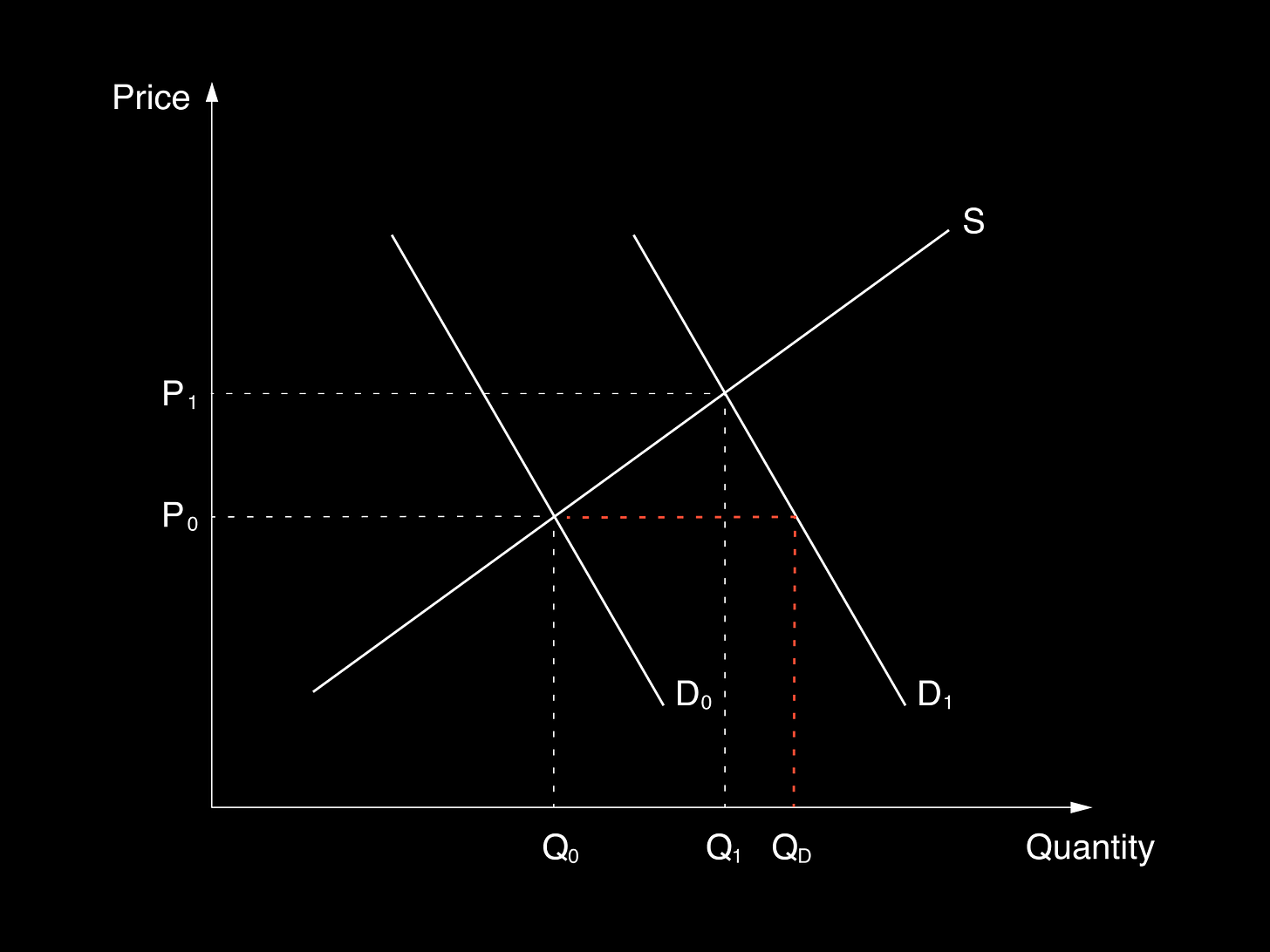#028 - PM Lessons by Meituan Co-Founder - Pt 22: Demand and Supply
6 mins read - Know which one is lacking then solve for the lacking side
Hi readers! I’ve recently had some health issues so there was a delay in my writing. All good now. 💪 I’ve finished translating the rest of the Meituan PM course and they will be published every week starting now. Thanks for tuning in!
The Importance of Getting Demand & Supply Relationship Right
Most of what we’ve covered so far is on the consumer front, and it’s meant to help you understand more easily. When it comes to the business side, the relationship between demand and supply becomes very important. You can even say it’s everything - almost all things related to demand and supply will affect your strategy.
Understanding demand and supply is hard. Although you can only be in one of two situations: 1. demand outstrips supply or 2. supply outstrips demand, it’s hard to know at any point in time, which situation you’re in.
In our day-to-day work, these are the common problems that we’d encounter that have to do with demand and supply:
The team doesn’t proactively determine the situation of demand and supply. As a result, the operation lacks focus, and the approach is basically “throw it against the wall and see what sticks“.
The team knows that demand and supply each affects the other, but can’t make a clear judgment about which one is more important.
The judgment about demand and supply is correct, but the operation is not guided by the prevailing demand and supply conditions.
If any of the above three situations occurs, then the team would usually work in the opposite direction of the demand-supply condition. In fact, they may even have a strong incentive to get it wrong!
For example, if a company is in a situation where supply outstrips demand, it should be doing more work on the demand side. In reality though, more often than not, it’s still pushing hard on the supply side.
Why?
If supply outstrips demand, then the demand is very important. The demand side buyers know they’re important, and they’d be very hard to entertain. In comparison, the supply side sellers would be a breeze to spend time with because they’re the ones who are in a hurry and have something to ask for. As such, the team would have a strong incentive to continue working on the supply side and pretend the harder-to-deal-with side is less important. This was a frequent occurrence in Meituan.
Location, Location, Location
Here’s another example from the retail industry to demonstrate how frequently people get the demand and supply relationship wrong.
I asked the bosses of convenience store and supermarket chains, “In the retail industry, which one is more important, demand or supply?“
Without exception, all of them answered that supply is more important.
It doesn’t gel with my business common sense - with the industrialized manufacturing that we have today, most goods should have more supply than there is demand.
Therefore, the next question to figure out is - is this how they think, or is this how they act?
So I asked them another question, “At your company, what work do you absolutely have to do yourself?“
They all answered, “Choosing the location“. One of them even said he personally chose the location for close to a thousand stores they have all over the country.
For retail, location is the aggregation of demand. They say supply is more important, but their actions are pretty revealing.
(Note: “location, location, location” in the real estate business means supply is paramount.)
So why would they say supply is more important than demand in retail if they don’t really believe so?
Firstly, if the bosses take care of choosing the location (demand), then the other people at the company need to work on the supply. They can’t be telling their employees that supply is not important, what really matters is the demand. They need to let the employees know their work is important and valuable, so they stress the importance of supply day in and day out, and it becomes something of a habit.
Secondly, overall, the company spends much more time on supply than choosing the location of the stores. Choosing the location is insight-heavy while supply is operation-heavy. There are so many details and tons of work dedicated to supply. People naturally think that the things that we spend the most time on are the most important things, but that’s not always the case. We need to be conscientious in recognizing what the important things are, then allocate our time and resources to those important things, so that we can have a better ROI. It’s always the deficient side of demand-supply.
Lastly, the bosses say that supply is more important and tell you the hard work they have to do on the supply side to make the industry less attractive to new entrants. If they tell you that getting the location right is the most important thing in the retail industry, it makes the industry look as if there’s no barrier to entry at all, and many people would enter the playing field.
Consequences of Getting Demand-Supply Wrong
The consequence of getting the demand and supply relationship wrong is dire. A recent example is Renrenche. (Note: A used car marketplace; raised US$760M from Tencent, Didi, and Goldman Sachs; once one of three top players in the category; imploded with founder departure and fire sale in late 2020). The Renrenche team knew consumer psychology well and they improved a lot on the demand side by optimizing for a better consumer experience. However, the used car industry is one where demand outstrips supply. If you don’t have good quality second-hand cars, no amount of good consumer experience makes a difference. This is where Guazi (Note: raised US$3.9B.) and Renrenche differ. Most of Guazi’s operations focused on the supply side.
Solving for the lacking side
In the jobs market, companies are recruiting and people are looking for jobs. It’s hard to know which one is more lacking, the jobs or the job-seekers.
On the Meituan platform, is there a lack of service staff job opportunities from merchants or is there a lack of service staff candidates? Overall, it’s the people that are more lacking than posts.
Internally, we’ve worked on a recruitment product for merchants before. When the product team reported, they said that all the merchants have a need to recruit staff. Therefore, it seemed that there was a demand for this product.
However, they’ve got the demand-supply relationship backward. Labor doesn’t want the service staff job because it’s hard work and low pay. To conduct research into whether merchants have a demand for a recruitment service is useless. Of course, they do. What’s more deficient in the industry is the supply of service staff. Only when you have solved the problem of labor doesn’t want to take up the service staff job, did you make a contribution to merchants and society.
Following that thought, if the supply of labor is what’s lacking, remember that the supply and demand of things are affected by price. In labor-deficient countries, they usually have two solutions. One is immigration. The other is career progression with skills training and salary increase. For example, different levels of service staff get different certifications, and the best service staff work in five-star hotels. Therefore, offering skills training programs and certification systems are probably more effective than a recruitment site.
(Explanation:
At the prevailing market equilibrium, the market-clearing wage - what restaurants are willing to pay and what labor is willing to accept, for food service staff is P0. The total labor force in the food service industry is Q0.
With the convenience, variety, taste, etc. that food delivery offers, more people would want to order food from restaurants as opposed to cooking at home → the demand for restaurant food increases → the demand for restaurant staff increases, D0 → D1.
If restaurants think they can still recruit staff with what they’ve been paying, P0, and based on the demand they’re experiencing, they’d want to have QD amount of staff. The perceived labor shortage is therefore QD - Q0, and this is what they’d say to Meituan people if being asked, “do you need a recruitment service?”
It is need/demand for a product, but you can’t fulfill it without changing the fundamental market dynamics. You have to increase the supply of labor by paying more, whether in wages or other forms of remuneration.
As wages increase, some demand for labor gets competed out, before reaching the new market equilibrium at P1 and Q1.)
Find the article insightful? Please subscribe to receive more learnings from Chinese Internet companies and I’d appreciate it if you can leave a comment or help spread the word!





